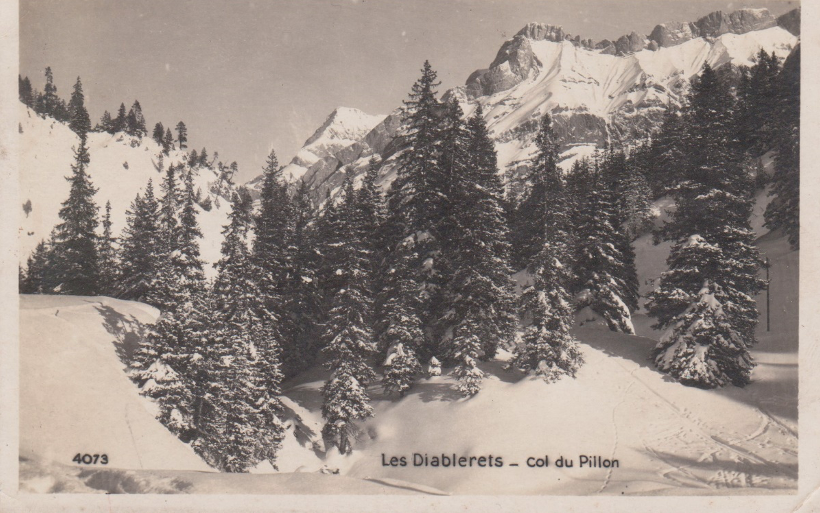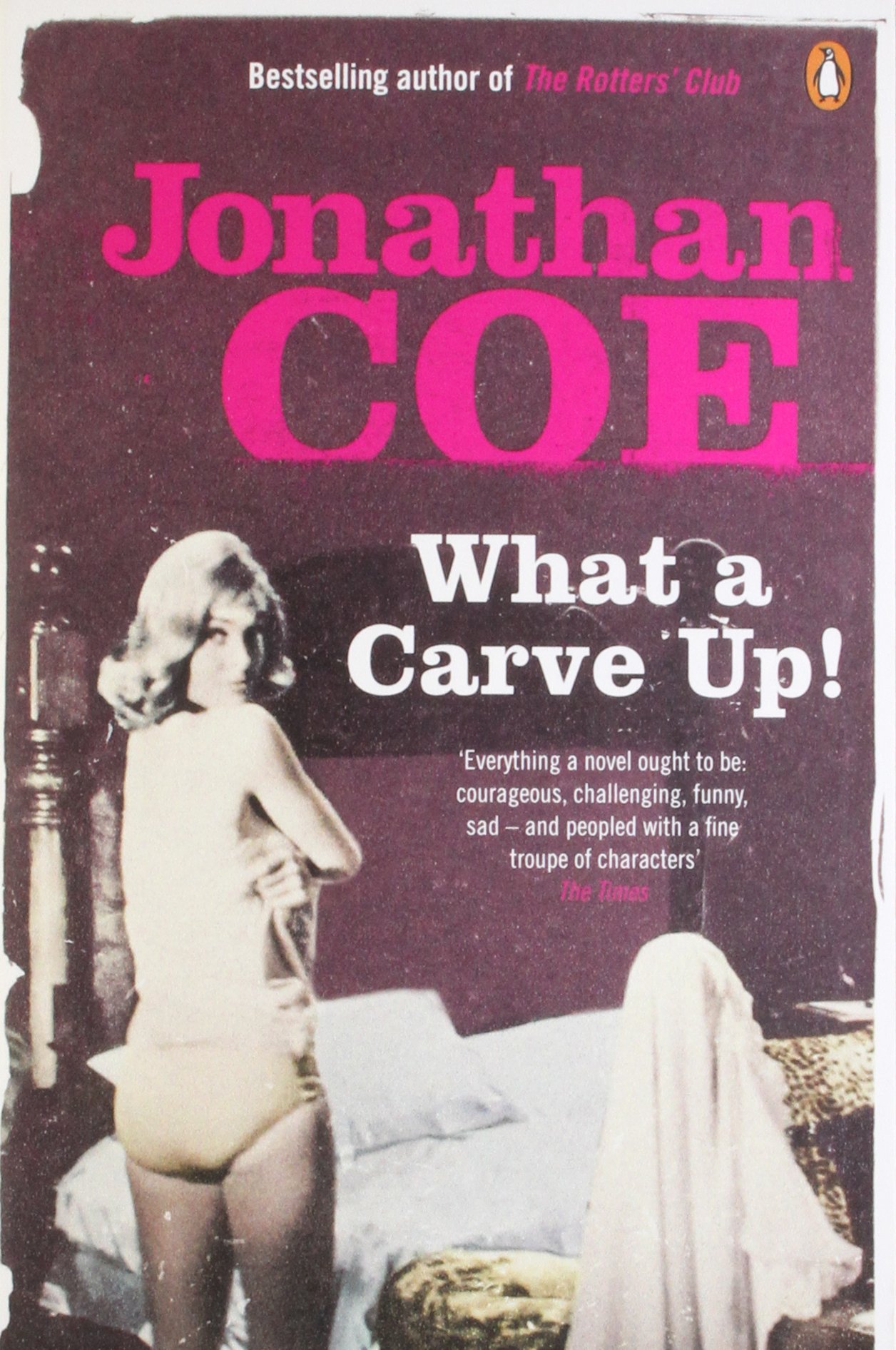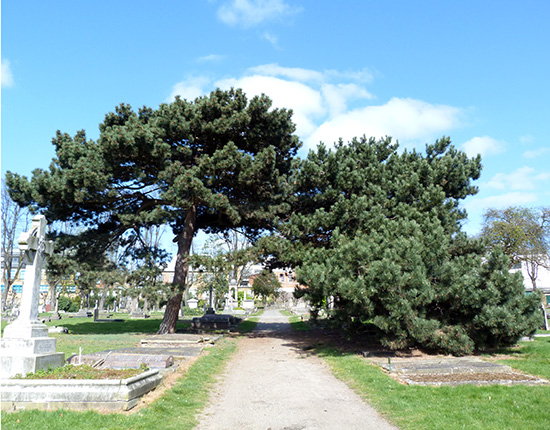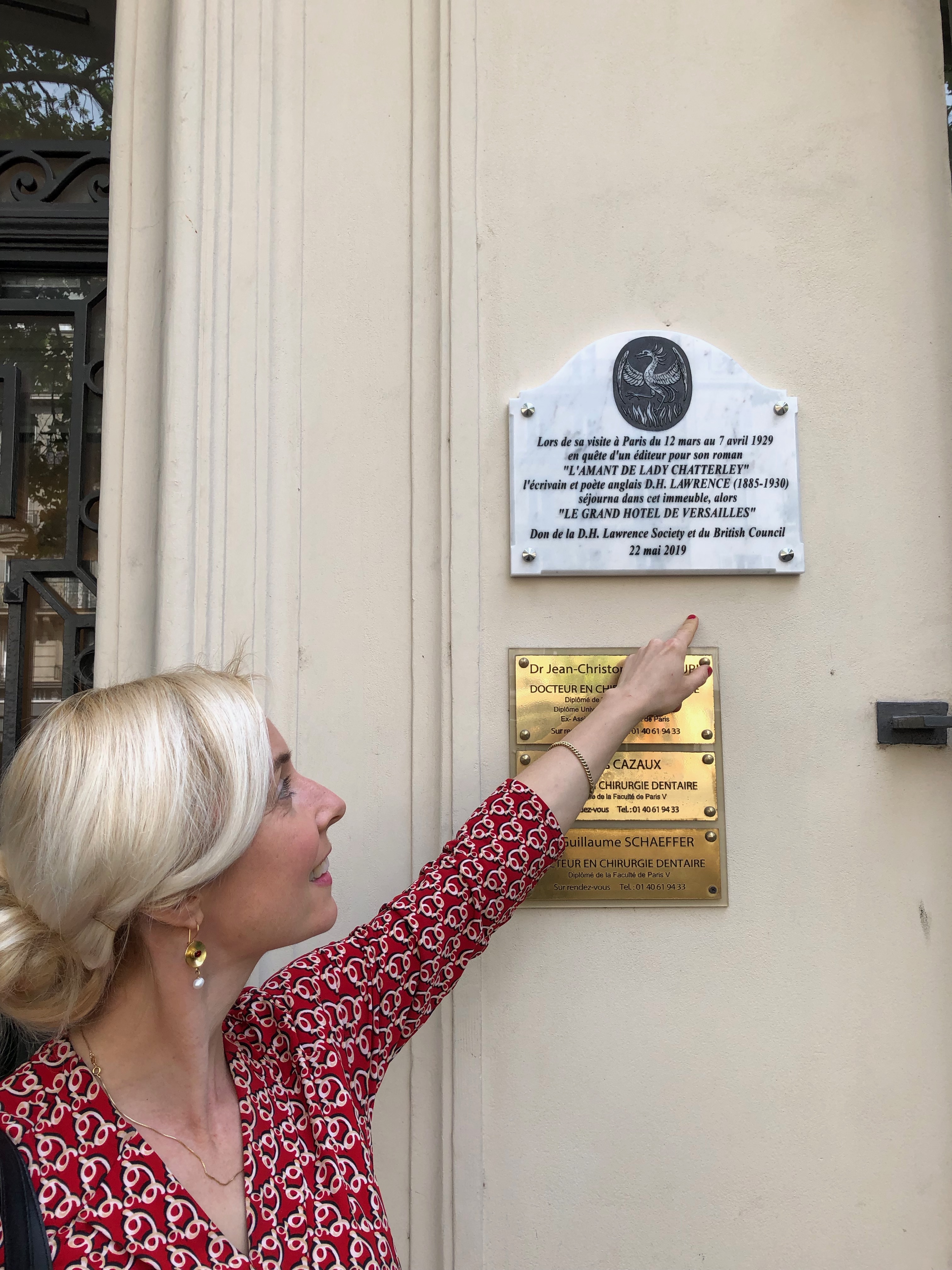
The plaque to DH Lawrence at 60, Boulevard de Montparnasse, unveiled on 22nd May 2019
For the last three years, Robert Bullock – an English member of the DH Lawrence Society, who lives with his French wife in Paris – has been trying to get a new plaque to DH Lawrence erected in France.
He was successful. This was his third. The first was in Bandol (near Marseilles on the South coast), where Lawrence lived for much of his life between moving out of Villa Mirenda near Florence, and his final move to Vence. The second was in Vence itself, on the site of the sanatorium where Lawrence lived until almost his last day.
The latest plaque also concerns the last years of Lawrence’s short life. In 1928 Lawrence had privately published Lady Chatterley’s Lover with Pino Orioli, a bookseller in Florence. This edition did well, but Lawrence’s receipts were undercut by the cheaper pirate editions which quickly emerged. He decided to try to authorise an edition which would undercut these still further. His friends Aldous and Maria Huxley, who lived in Suresnes (a suburb to the West of the Bois de Boulogne), assured him that the single best place to look for such a publisher would be Paris. French publication laws were liberal, Paris was a hub of the publishing industry, and Paris – between the wars the location par excellence of America’s ‘Lost Generation’, including Ernest Hemingway – had a reliable audience for Anglophone books.
In March 1929, Lawrence travelled up from Bandol with a Welsh poet friend; Frieda went to see her mother in Baden Baden, joining Lawrence only towards the end of his stay. He booked in to the Grand Hotel de Versailles, a hotel at the guesthouse end of the spectrum (despite the pretensions of its name), on the Boulevard de Montparnasse. Thus he placed himself in the heart of the region that was the Montmartre of those years.
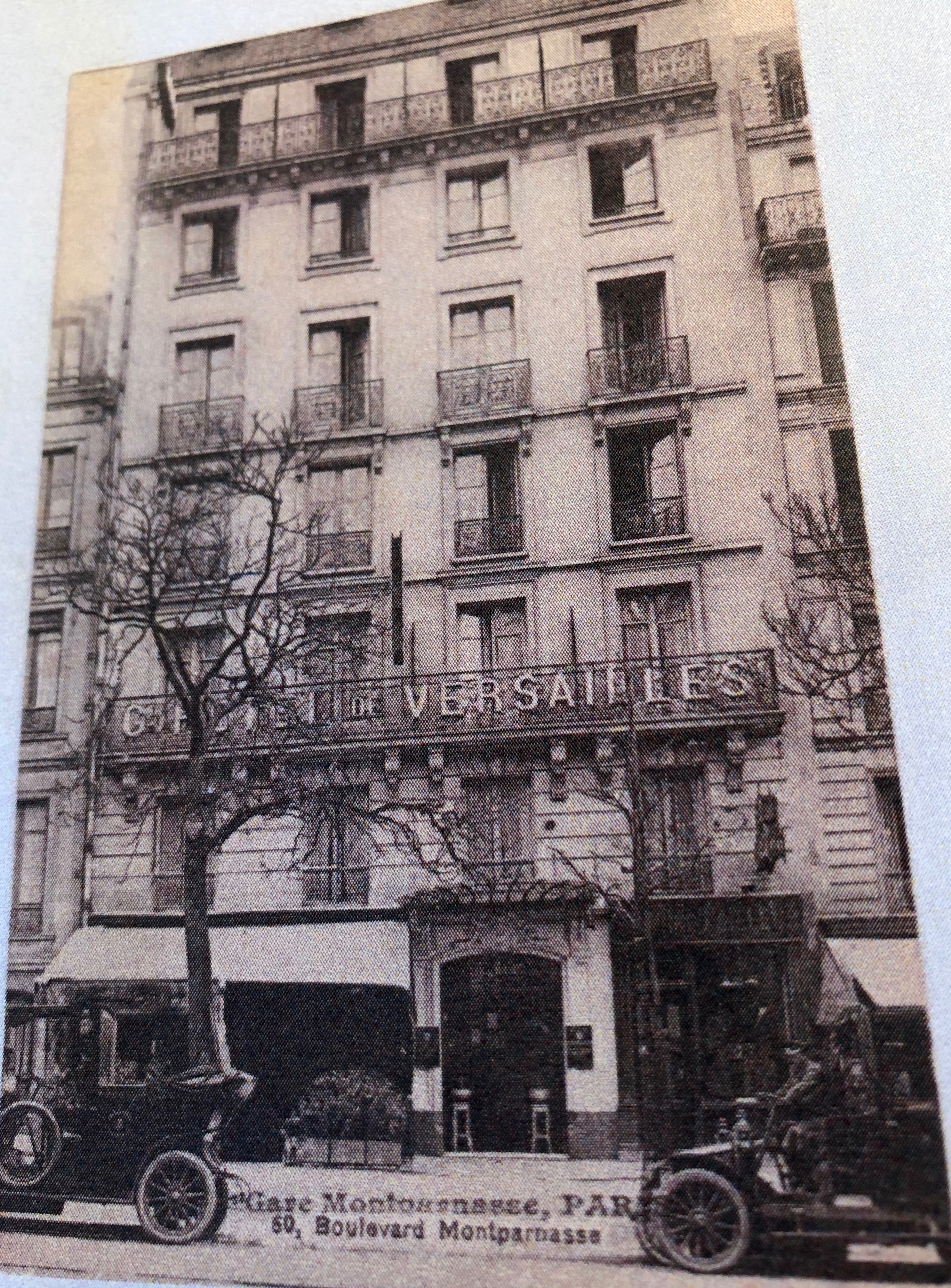
Le Grand Hôtel de Versailles; all period photos in this post are courtesy of Robert Bullock
For a week in the middle of his month-long stay, he joined the Huxley’s in their house in Suresnes; he found it a sleepy and dull suburb, but Paris proper he disliked still more. He thought that it affected his bronchials; certainly, his tubercular condition worsened in the colder North of France, and the Huxleys persuaded him to have one appointment with their doctor. An x-ray revealed that one of his lungs had disappeared completely, and the other was already affected. After Frieda arrived in Paris to join him, he returned to his default position of resistance to seeing doctors, and he refused a second appointment. In April, after he had successfully found a publisher, he fled back to the Mediterranean sun (this time to Spain), and within the remaining year of his life made more than £1000 from the novel. It was by far his most financially successful work, and, alas, has become the work most identified with him.
Robert Bullock’s plaque was unveiled on the building that was formerly the Grand Hotel de Versailles, at 60, Boulevard de Montparnasse, on Wednesday 22nd May 2019 – just over ninety years after Lawrence’s visit.
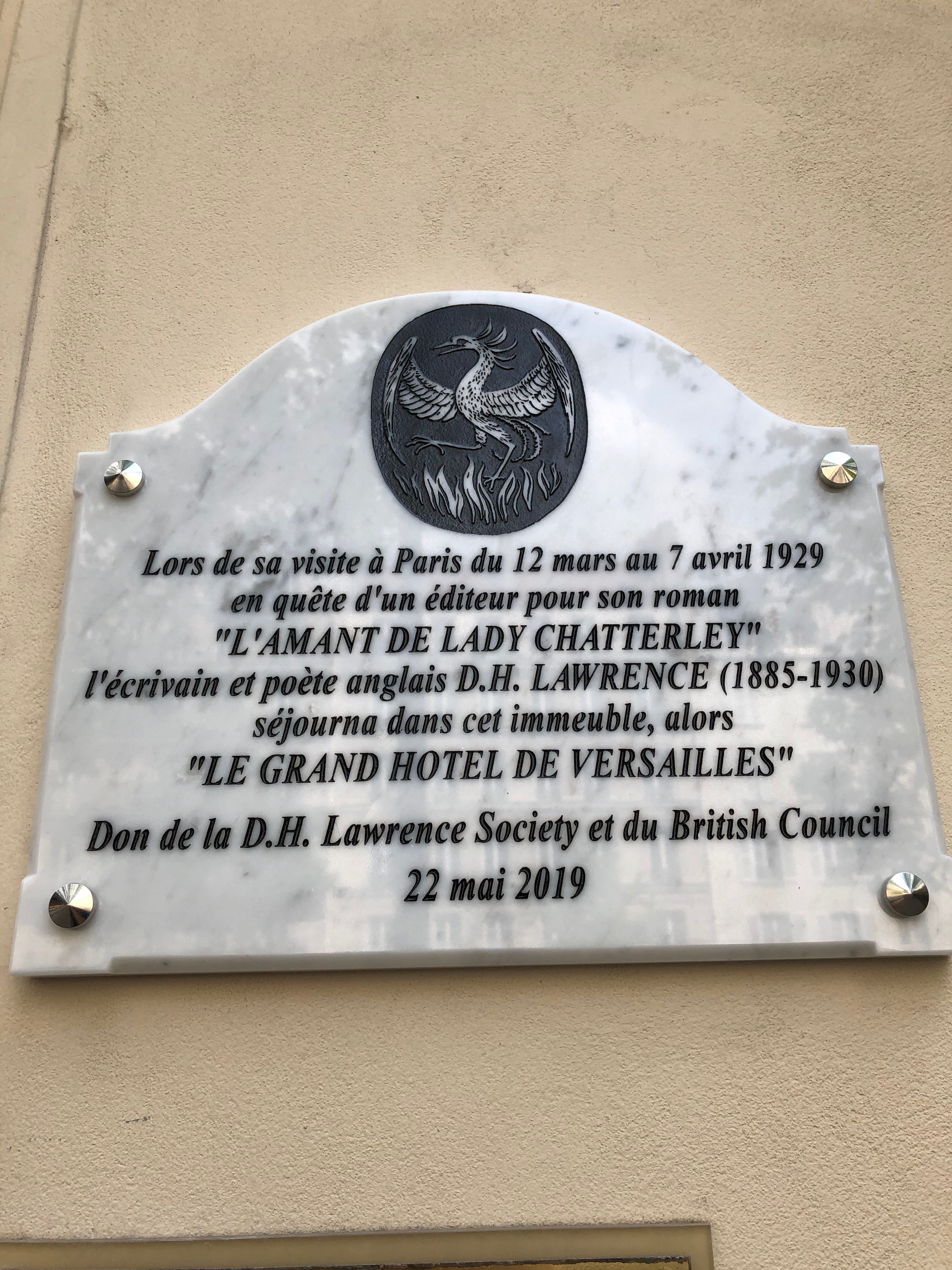
The building – unchanged physically – now contains apartments, and apparently the offices of several doctors; Lawrence’s plaque appears, significantly, above theirs, but perhaps in uncomfortably close proximity. The phoenix is the emblem that Lawrence chose for his Rananim – the utopian community that he wished to found somewhere – but the version on the plaque is not that sketched, or embroidered, by Lawrence himself, but the stylised version used by Cambridge University Press in its scholarly edition of Lawrence (permission was obtained). Three people gave speeches at the unveiling, gamely outdoing the considerable traffic noise, on a sunny May afternoon: Philippe Goujon (Mayor of the 15th arrondissement), British Ambassador Baron Edward Llewellyn (formerly Chief of Staff to David Cameron then Downing Street Chief of Staff, made Ambassador to France in 2016), and Norbert Giaoui (president of the building’s co-owners’ association, appointed by virtue of his seniority in the building; he had been there for twenty-three years). The first made pointed reference to the fact that France was a place where Lady Chatterley’s Lover could be safely published a full three decades before the same was possible in the UK.
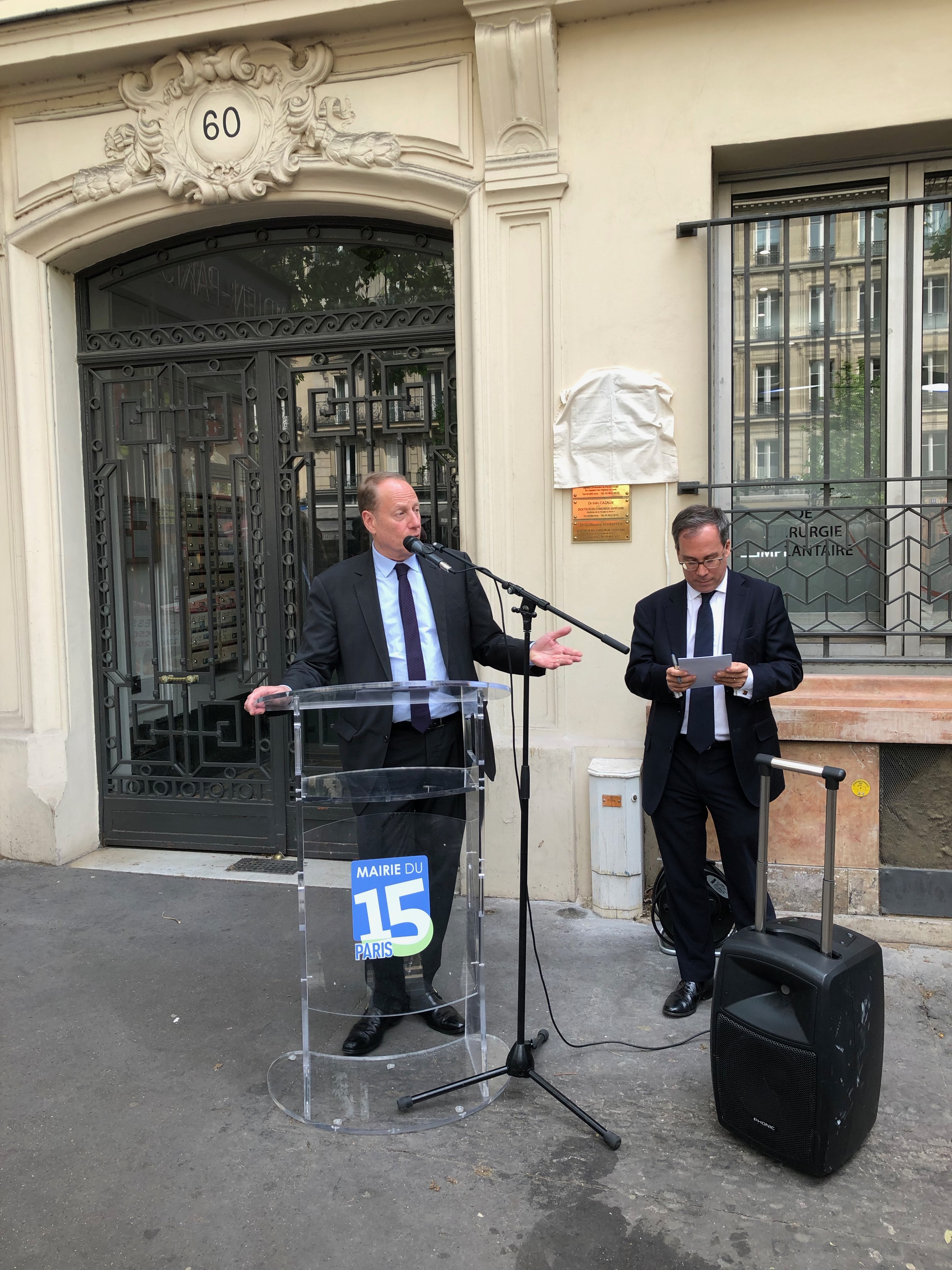
Mayor of the 15th arrondissement, Philippe Goujon, with British Ambassador Baron Edward Llewellyn to the right
The second said ‘I take your point, Mr Mayor’, and proceeded to speak on behalf of British officialdom in a way which would, perhaps, have astonished DH Lawrence had he been there to see it; this was within days of the UK Arts Minister, Michael Ellis, placing a temporary ban on the export of the 1960 judge’s copy of Lady Chatterley’s Lover; a reversal of the British government’s position indeed. The third spoke more personally.
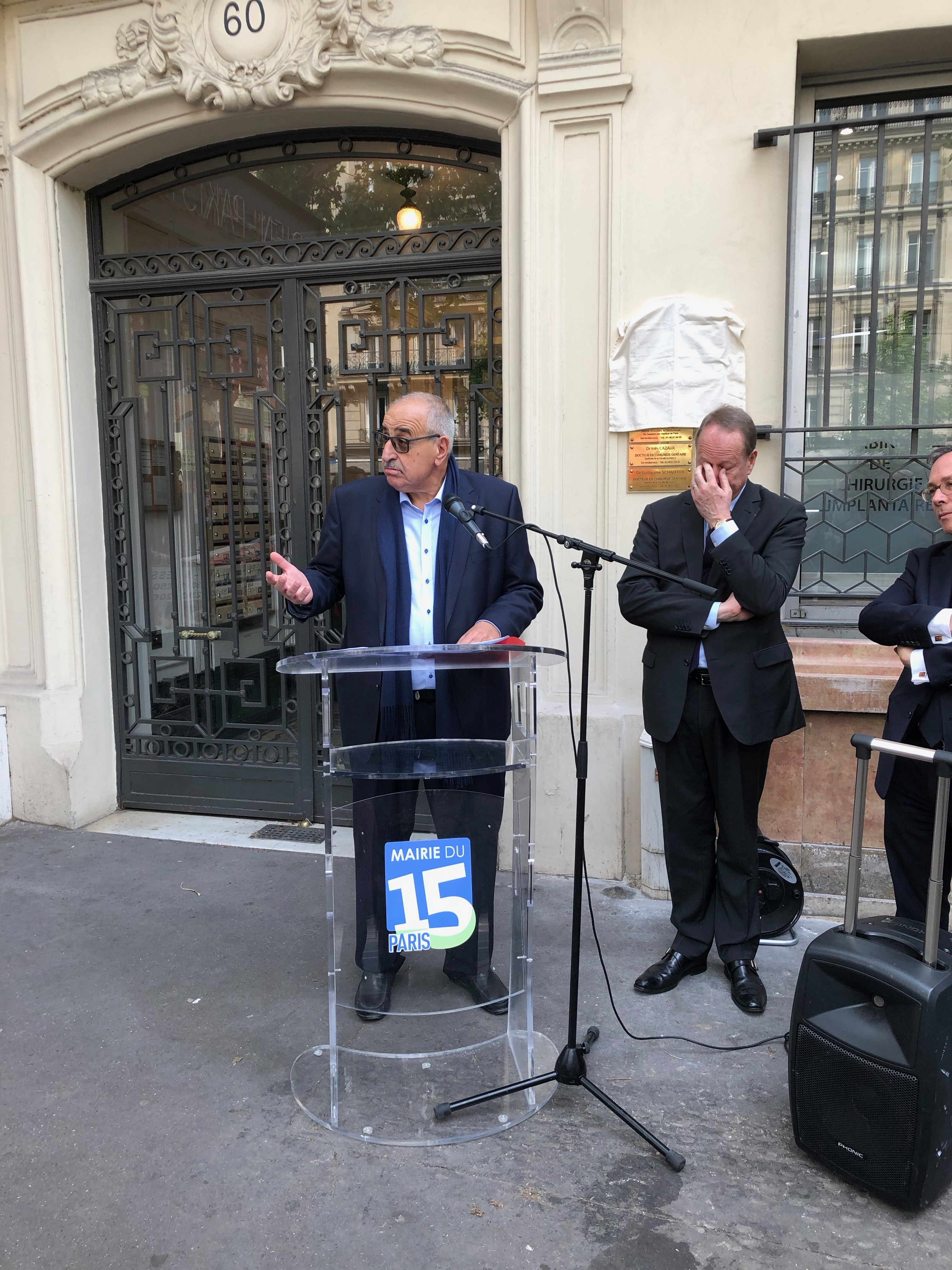
Norbert Giaoui, president of the building’s co-owners’ association
Mr Giaoui was born in Tunisia, but moved as a child to the banlieue of Paris. His grandmother had a limited library, containing mainly police thrillers (he agreed when I suggested that his apartment building resembled the kind of place where Georges Simenon’s character Jules Maigret would have made his investigations; he, like me, is a fan). But one day when he was twelve, he found amongst the thrillers L’amant de Lady Chatterley.He was astonished. It was his first introduction to three things: serious literature, female sexuality (he lived in a household full of women, but had had no apprehension of this phenomenon up to this point), and the countryside. The lush surroundings of Wragby resembled no landscape he had ever seen in Tunisia or the banlieue. Then he grew up, he worked as a lawyer, and he moved into 60 Boulevard de Montparnasse. He did not think much more about Lawrence until a certain Robert Bullock had approached him asking permission for the placing of a plaque on the front of his home. That sent him back to Lawrence, and he reread many of his works with pleasure and wonder. ‘Lawrence never entirely leaves you alone’, he said, ‘you may think that he’s left your life, but he’s actually still there’. He had confessed to me before that he would find it difficult to speak so personally on a Parisian pavement, but he gave the speech of the afternoon (despite strong competition from the Mayor). The actual unveiling was done by the Mayor and the ambassador.
Later that evening there was a reception at the British Council hosted by the head of the French British Council Bob Lewis. Robert Bullock introduced the evening by speaking movingly about the history of his relationship to Lawrence. I spoke on ‘Lawrence and Brexit’, attempting to speculate what the former would have made of the latter (a bit of both; on balance probably a Brexiteer who would have been so disgusted by the Referendum process that he would have declined to vote). Professor Ginette Roy (director of annual international DH Lawrence conferences at the University of Nanterre since 1985) spoke on Lawrence’s relationship to Paris (basically, hostile: the licentious lostness of the Lost Generation was something that he particularly abhorred; he described Paris as a museum, and as a strutting peacock thrusting out its stumps behind, unaware that all of its feathers have fallen out). Professor Neil Roberts spoke about Lawrence’s relationship to French literature (he was strongly and consistently critical of Flaubert, whose careful manner of composition was the reverse of his own; but Balzac showed him how to make realism unsentimental, and Baudelaire made its mark on his poetry).
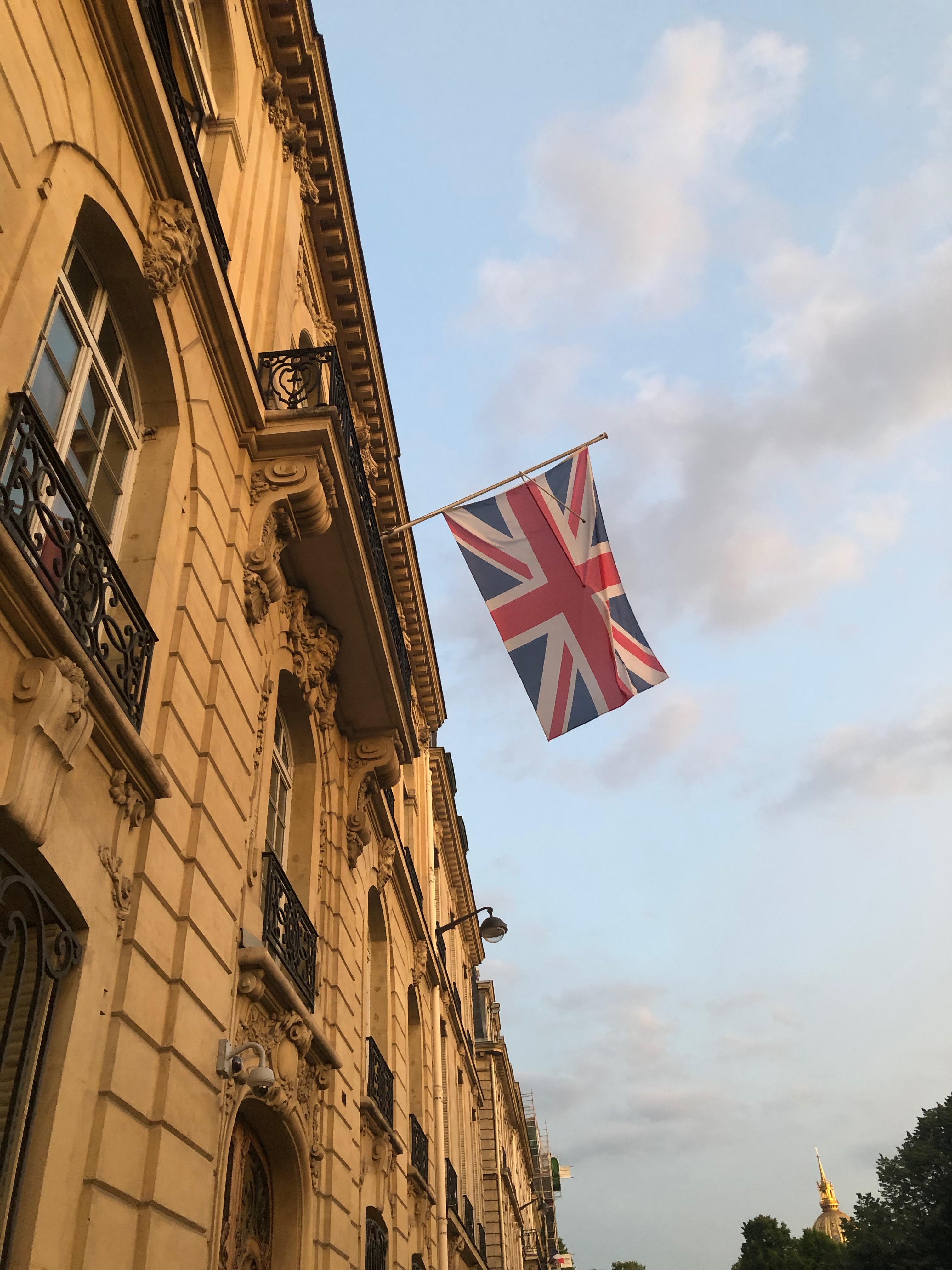
The Union Jack flying unblushingly, despite the Brexit turmoil, at the British Council, 9 Rue de Constantine, Paris
The following day, Robert Bullock led a handful of Lawrencians on a walking tour of Lawrence’s Paris. We started at the plaque, walked round the corner past the famous Le Dôme Café (which Lawrence visited), and into the Rue Delambre.
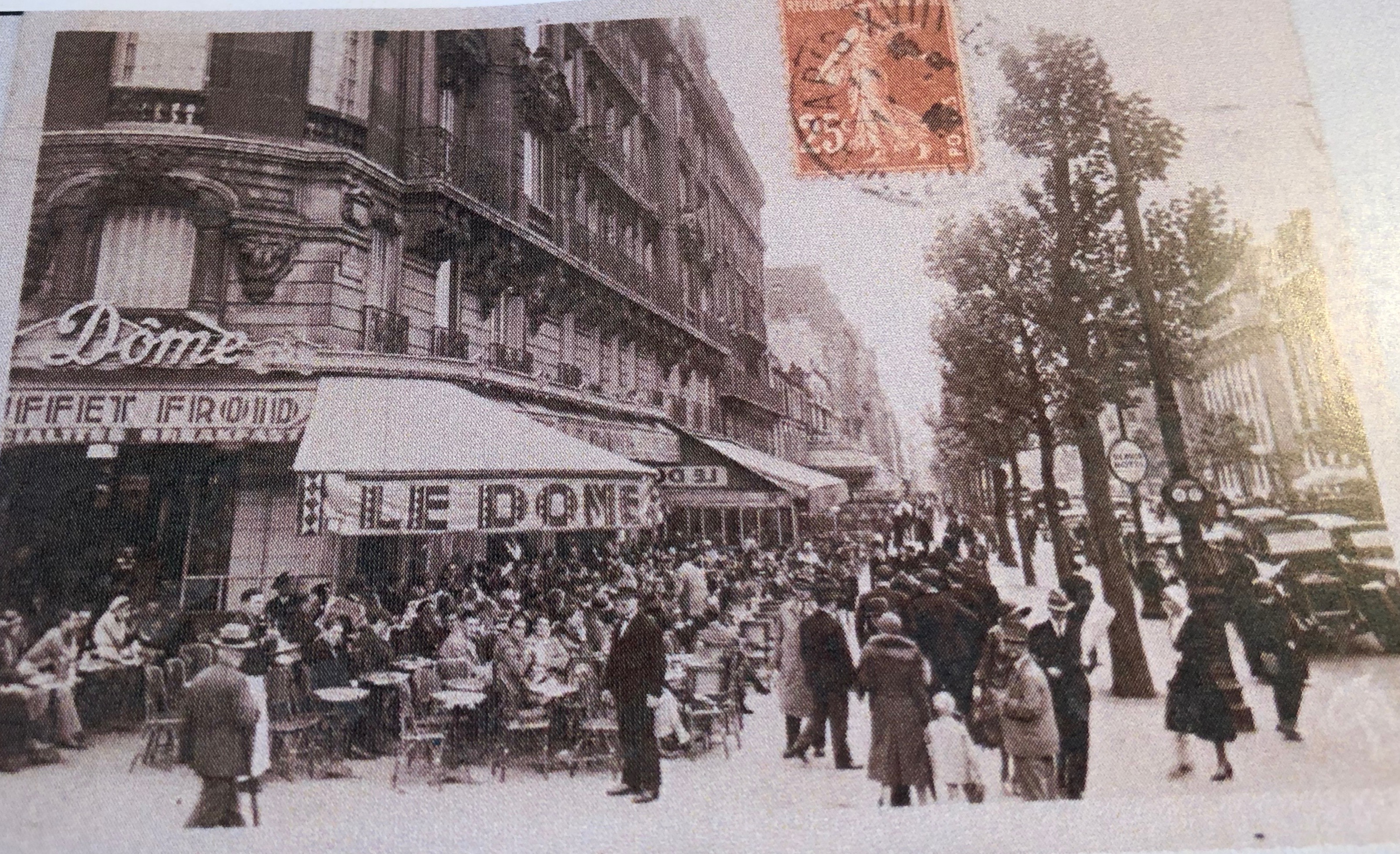
Café du Dôme in 1928
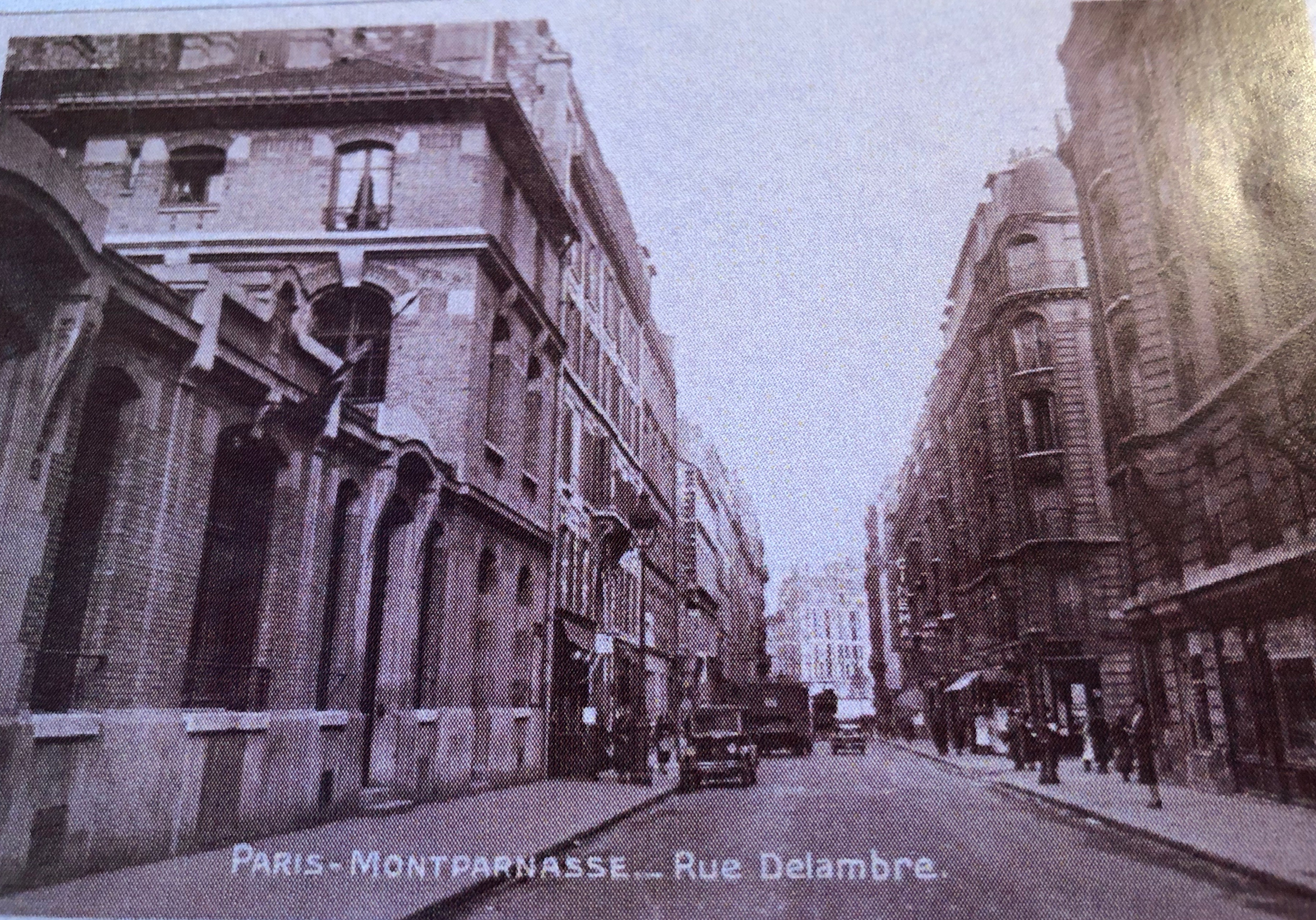
Rue Delambre in 1931
Here Edward Titus, an American, had his bookshop and publishing house – and it was with Titus that Lawrence signed his contract. Round the corner again, on Boulevard Raspail, was the apartment block which he and his cosmetician wife Helena Rubinstein owned. It is startlingly art deco; when they moved in, it must only just have been built. The right hand side is visible at the very left of the period photo below; on the ground floor was a theatre, and an advert for Mickey Mouse (also just created) is just in view. Lawrence visited the couple here. Unfortunately he did not comment on the architecture; despite the awesome chapter ‘Cathedral’ in The Rainbow, he was often insensitive to buildings. Titus had already published Lawrence’s short story ‘Sun’, about the spiritually regenerative effects on a depressed American housewife of sunbathing naked above the Mediterranean. Apparently Helena – one of the most successful businesswomen who has ever lived, and one of the first developers of sun cream – took Lawrence to task over his story, which she said was encouraging people to rush to the South of France and dangerously expose themselves. Recent research has shown that Lawrence had a point; Britons, and especially Scots, suffer more from diseases related to lack of Vitamin D, than to sun damage.
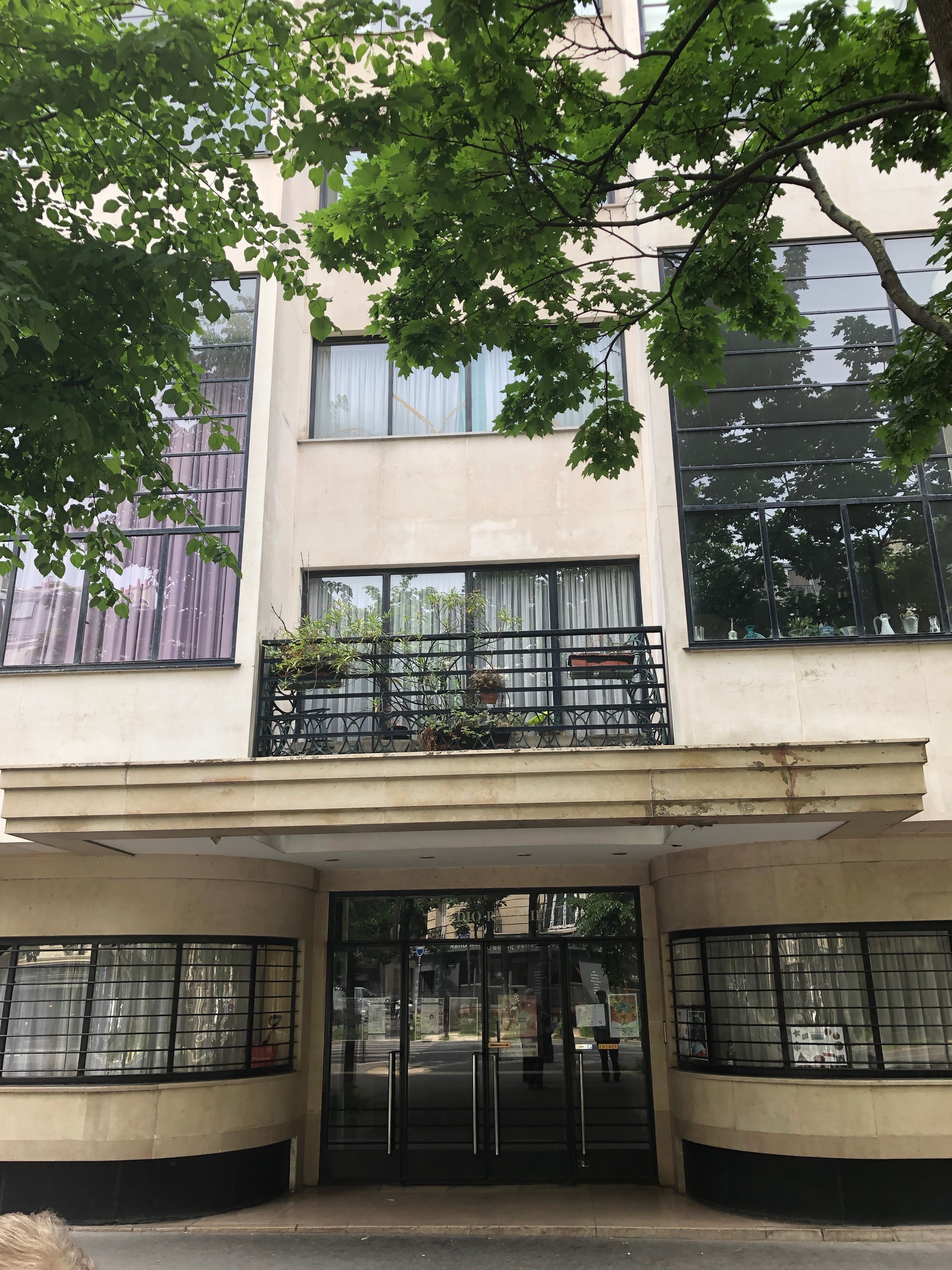
Edward Titus and Helena Rubinstein’s house on Boulevard de Rapail
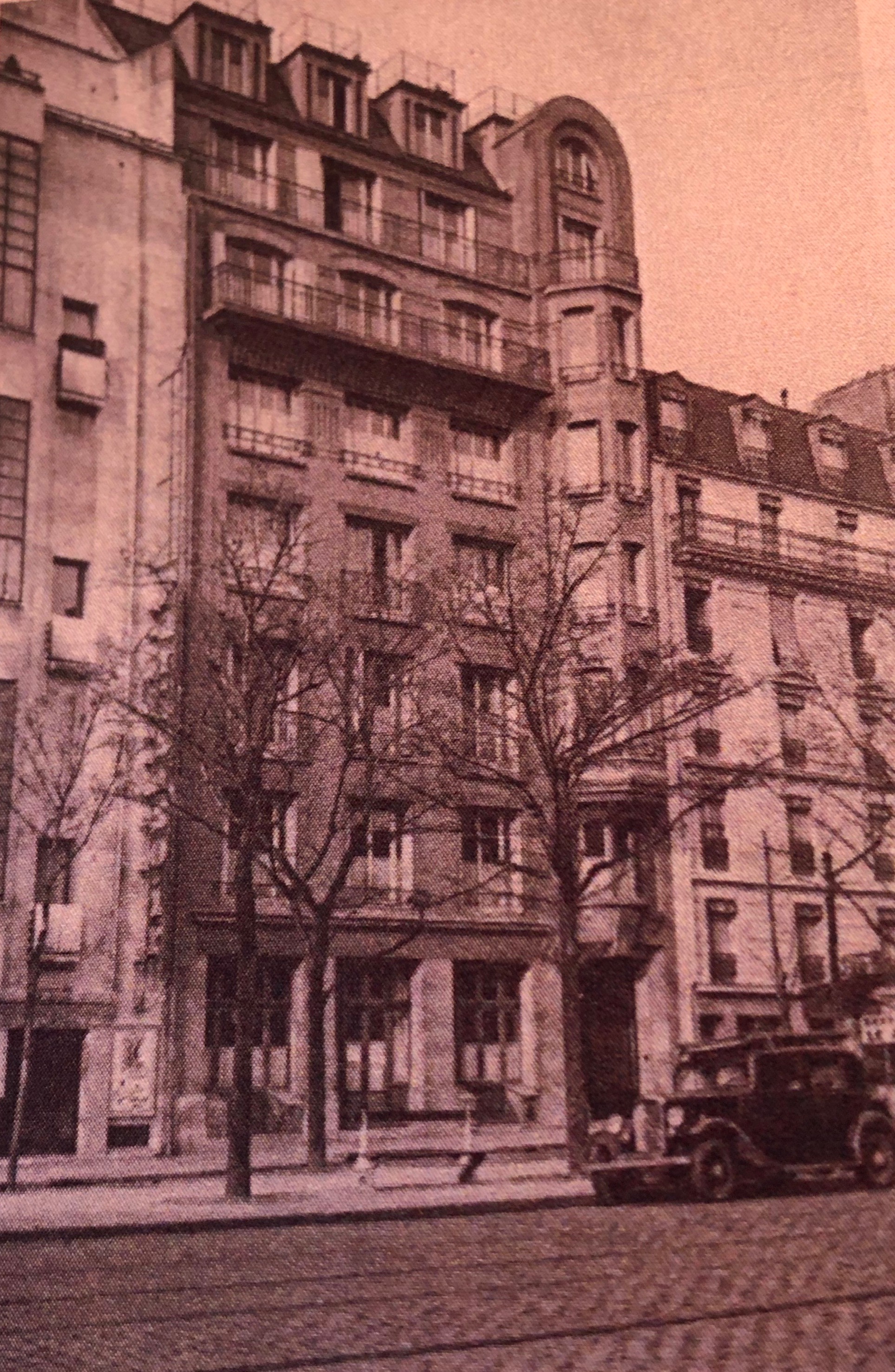
The same building in 1938; Titus and Helena’s building is at the left of the photo
From there we walked to Rue de Lille, where Harry and Caresse Crosby’s town house was at number 19; they also had a country place North of Paris, Le Moulin du Soleil. Lawrence visited them in both places. Harry, a nephew and heir of one of the JP Morgans, was an American suffering badly from the twin effects of near death in World War One, and too much money. He had eloped with an older, married woman, just as Lawrence did, but unlike them their lifestyle was exhaustingly decadent. On the positive side, they ran the Black Sun Press, which produced beautiful, limited editions of shorter works – again, these included Lawrence’s ‘Sun’. Another of their clients was James Joyce. At the end of the Easter weekend which the Lawrences spent with them at their Moulin, Caresse had to go in to Paris for a meeting with him. At its end she invited him to come and meet DH Lawrence for the first time. Joyce muttered something about his eye playing up, and made an exit. It was one of the limitations of both writers that neither could see anything to praise in the other. In the December of the same year, Harry Crosby committed suicide in New York, in a pact with one of his lovers. Lawrence – himself hanging desperately onto life – was censorious.
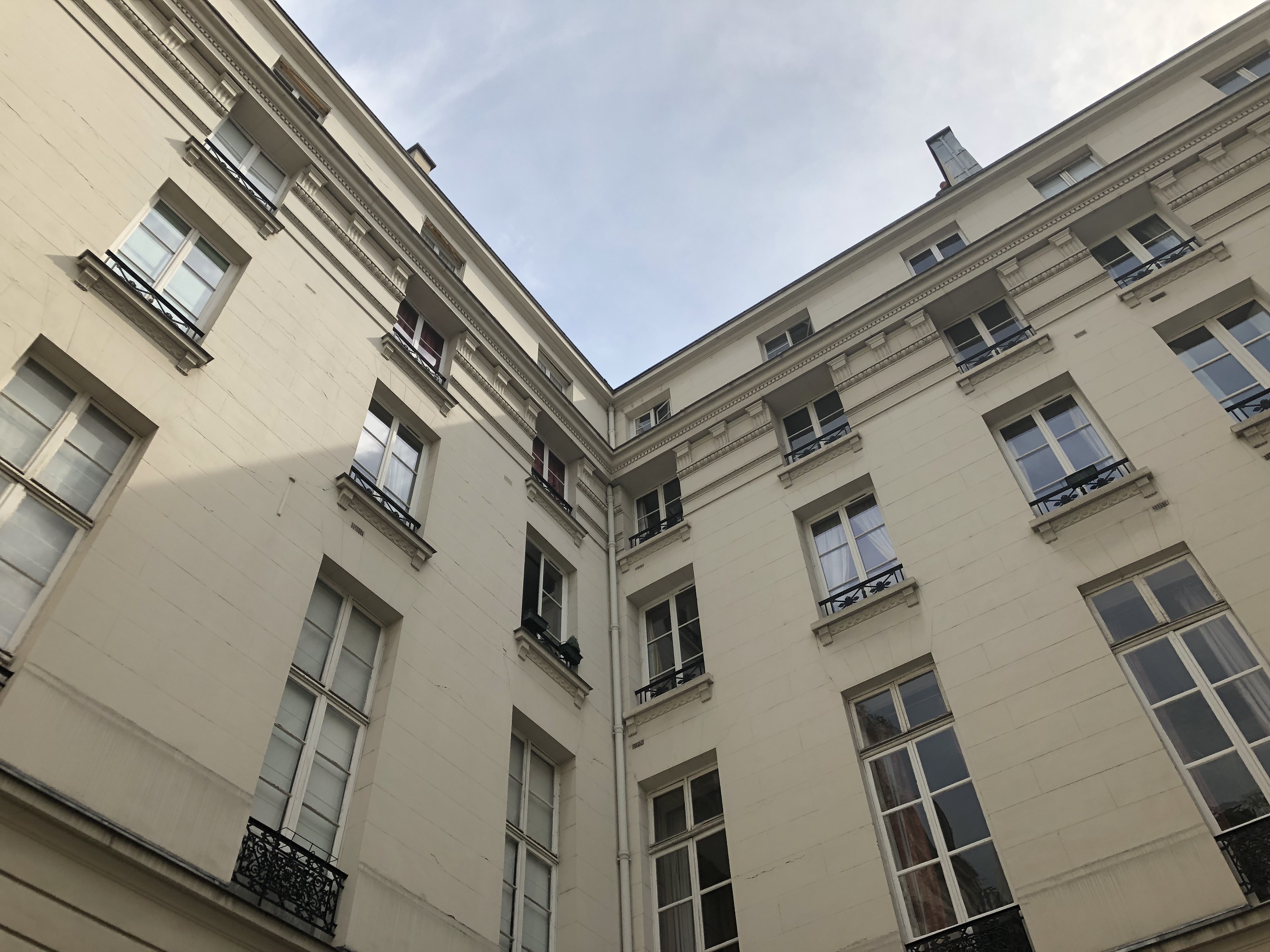
One of these was the Crosbys’ apartment on the Rue de Lille
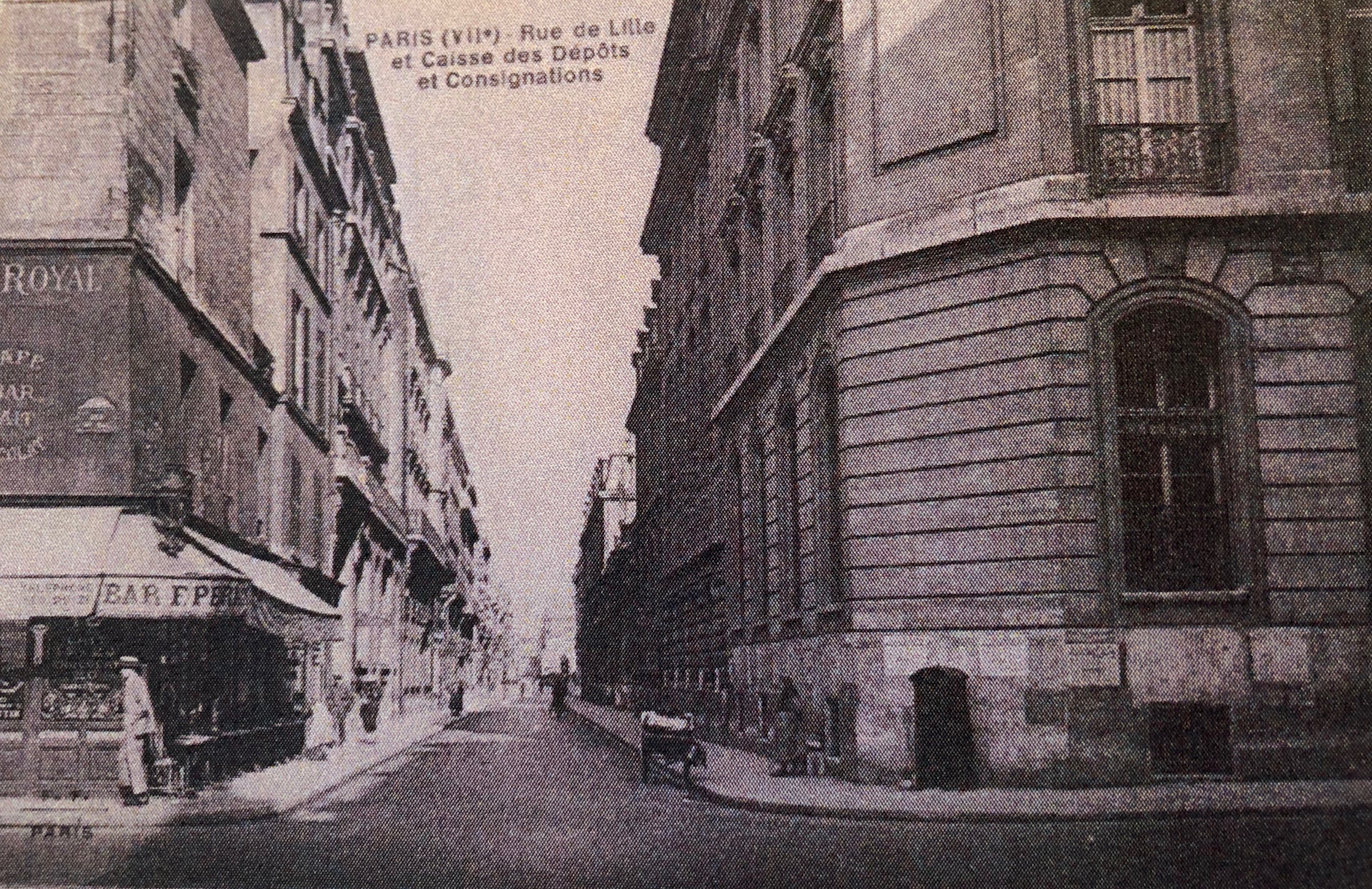
The Rue de Lille
A short Métro ride took us up to the Louvre and the Palais Royal. At the North side of the latter used to be a hotel, and on its outer side was a row of shops, including the bookshop of Frank Groves.
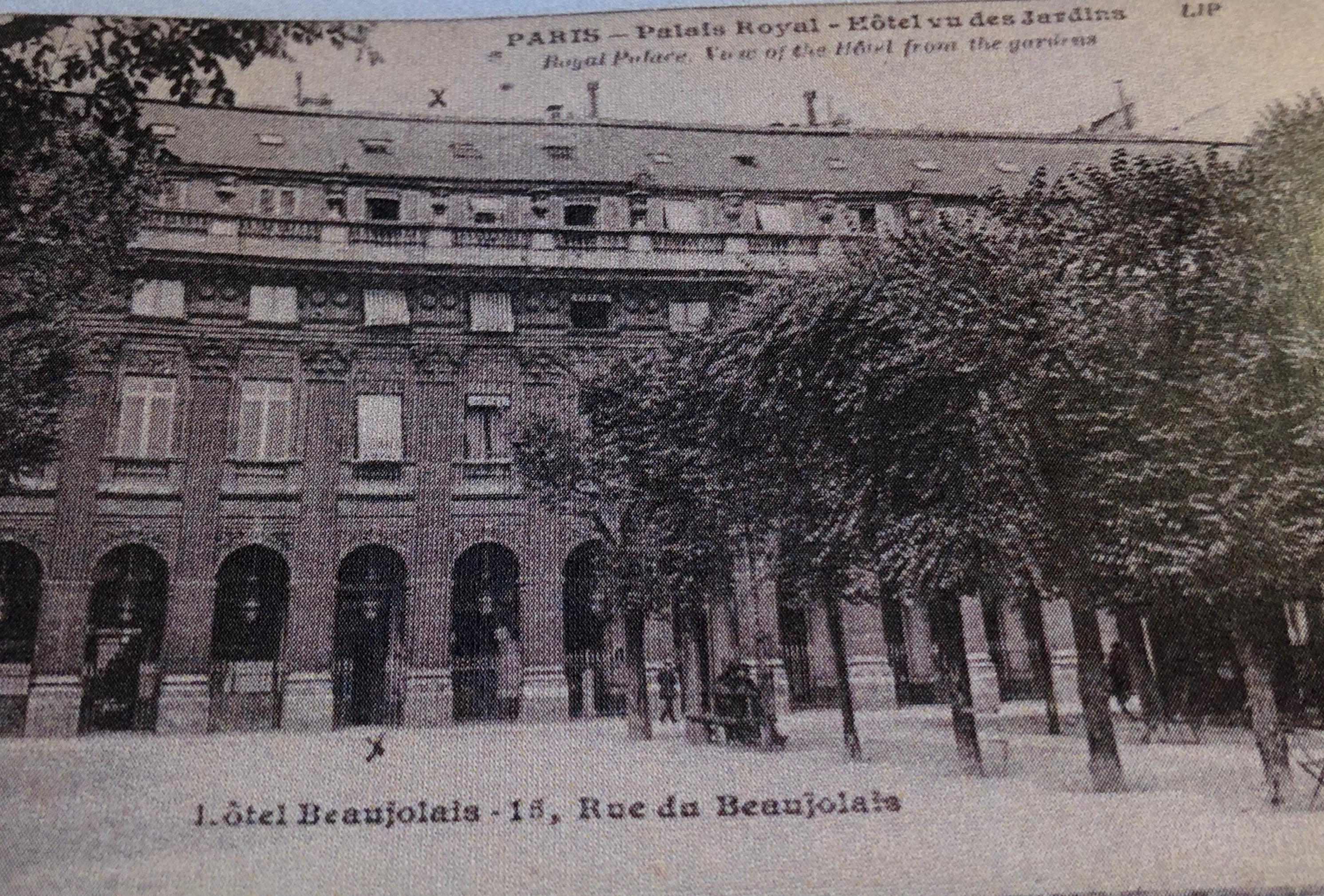
Palais Royal in 1932
This was one of the pirate publishers whom Lawrence wished to undercut. But Groves himself offered Lawrence a deal, whereby his edition would appear with a slip of paper indicating that it had authorial endorsement, in return for a cut. Lawrence was tempted: ‘It seems rather bad, taking up with a pirate. But they are all pirates’. But having finally made up his mind to sign, he arrived at the bookshop on evening to find it already closed. On the pavement outside he changed his mind.
From there we walked South, and East, over to the Ile de la Cité, where the Quai de l’Horloge runs along the Northern edge. Here lived Daniel Halévy, the distinguished historian, and here he hosted his literary salon. Lawrence attended once, and met luminaries including the novelist Francois Mauriac (exactly Lawrence’s age, he died forty years later than him in 1970). On 24thMarch Lawrence reported to his agent Laurence Pollinger thus: ‘I went to a French literary tea yesterday – with Mauriac and a few more – ye gods, how literary – the Lord made Adam out of printer’s ink, in Paris.’
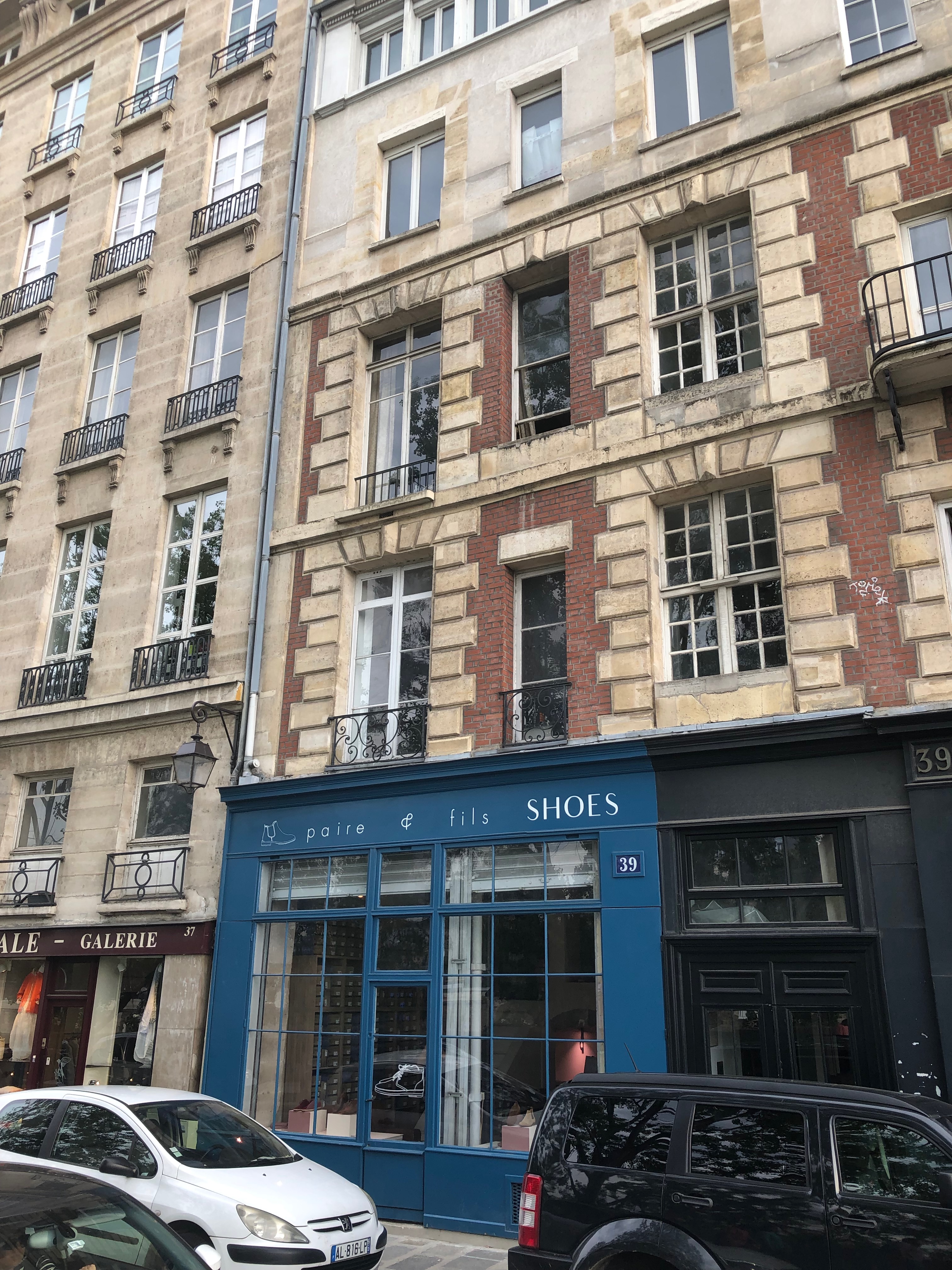
Daniel Halévy’s house on Quai de l’Horloge
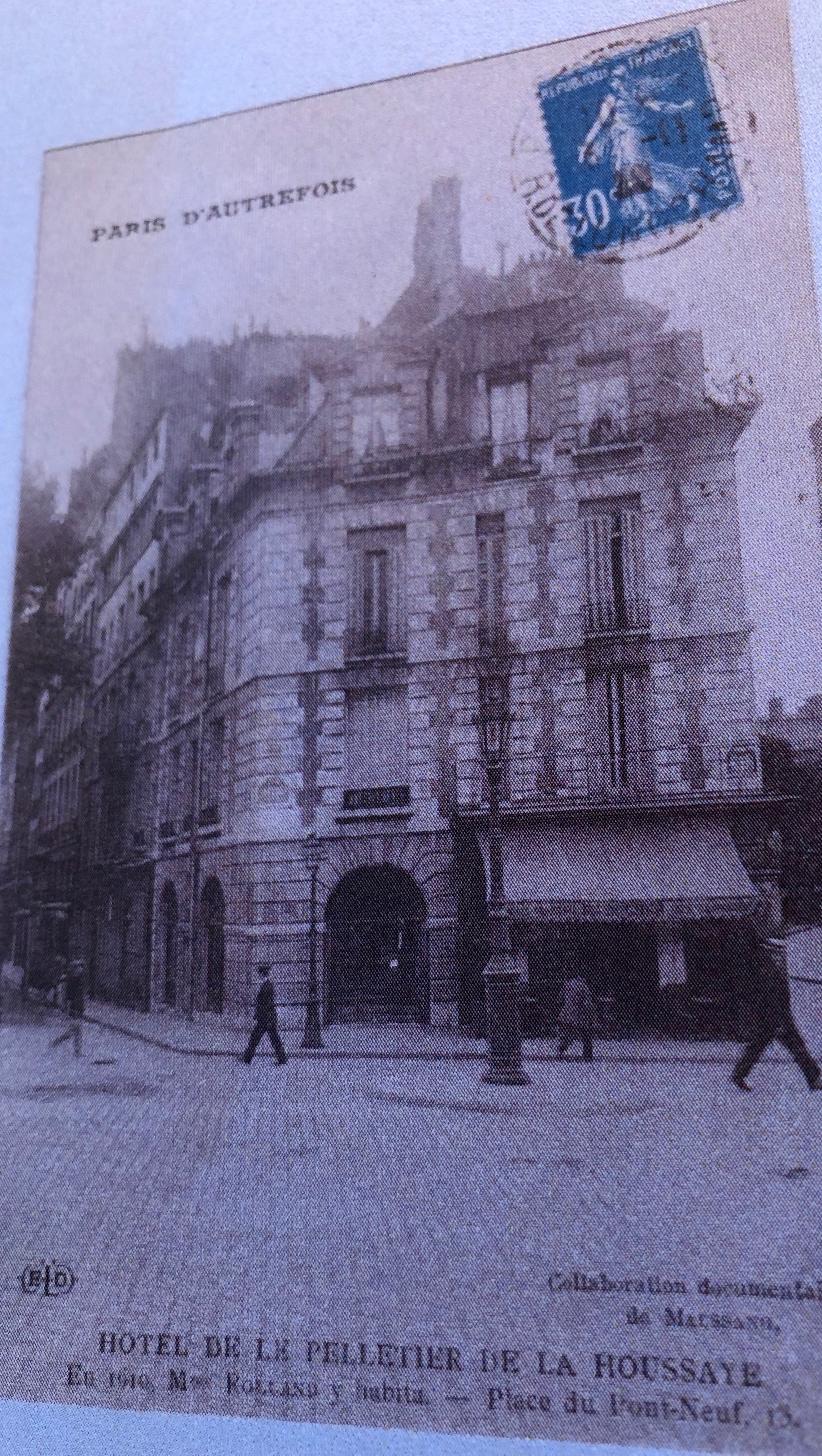
The Quai de l’Horloge in 1929
Finally we walked to the original site of Shakespeare and Co., the American Sylvia Beach’s bookshop and publisher’s in the Rue de l’Odéon.
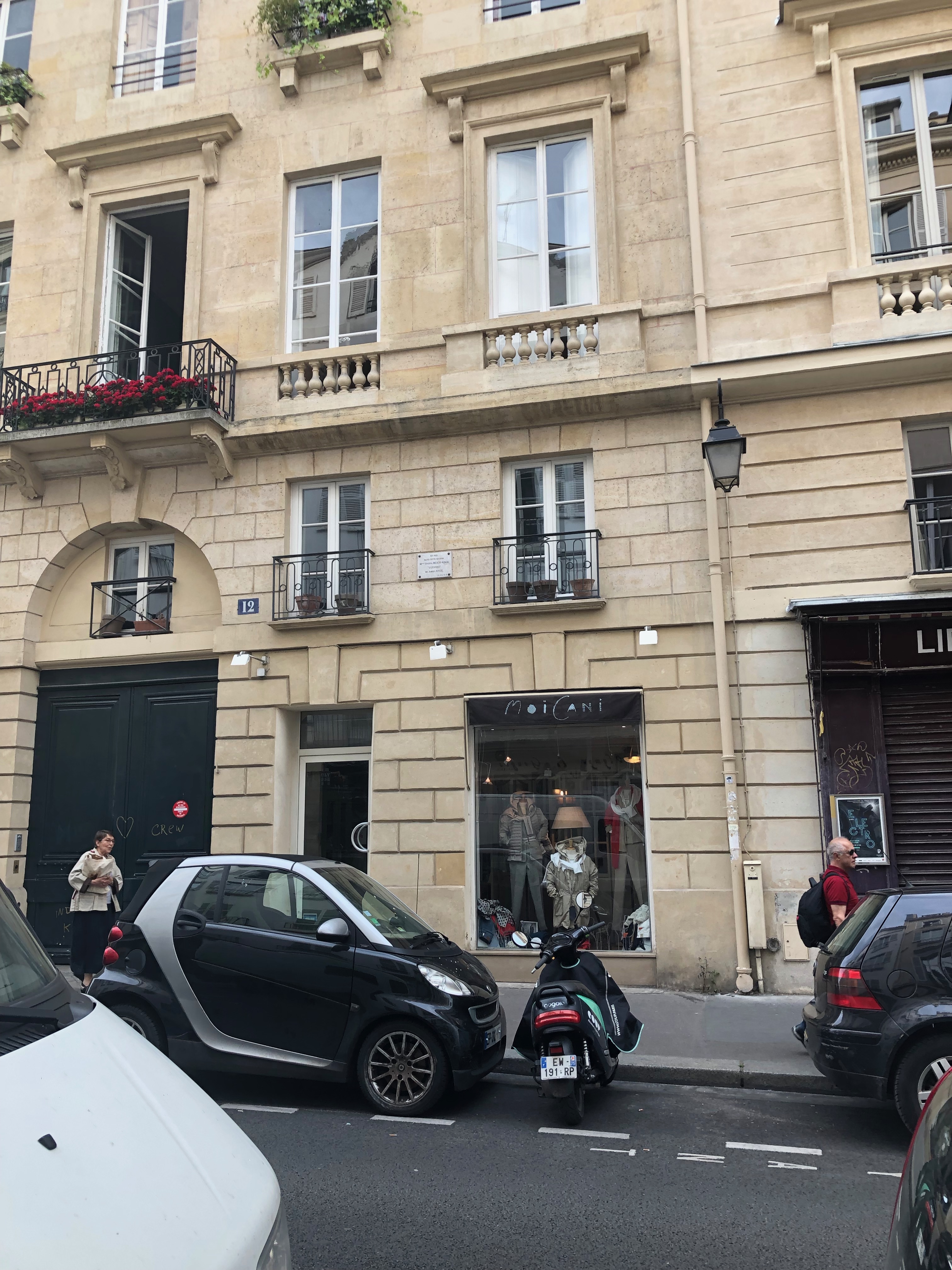
Location of Shakespeare & Co, 1919-1941. The plaque mentions the publication of Ulysses in 1922.
He visited Beach before he had found Titus, and in the hope that the publisher of the controversial Ulysses would be similarly willing to take on Lady Chatterley’s Lover. She wasn’t. She had had enough of controversy, and did not want to gain a name for publishing erotic literature. Even finding the place was stressful. The cab driver couldn’t find the road, and kept circling the Théatre de l’Odéon. According to Lawrence’s friend Davies, who accompanied him to this meeting, when they had circled the theatre for the second time:
‘Lawrence began to start and writhe – We were round the Odeon again, Lawrence’s face was lifted in agony, ruddy beard stuck out. A crisis seems to be at hand.
At last the shop was discovered and the taxi skipped up to the kerb – Lawrence’s thin body exploded out of the door. I followed in readiness for a brawl on the pavement. But I was disappointed. The two men faced each other. The driver’s big moony face was shining with a most childlike grin; it was all a friendly joke to him… in heavy French he told us that he was a Russian, an exile, and had only recently begun his job as a taxi-driver. He beamed with good humour; Russian-like, he accepted Lawrence’s fury with benign understanding. Lawrence had started back from that broad Slav fleshy face. I could almost see the steam of his rage evaporating. His prancings became stilled. As we entered Miss Beach’s shop, he said… ‘I couldn’t be angry with him. Did you see his face? Beautiful and human. He lives in his blood…he’s solidly in his blood. I saw it at once and I respected him.’
The rage, its eclipse, his admiration for a state of being, the hopelessness of him fighting a solidly-built man, the stress of being in Paris, his business-mindedness, his persistence in the face of failure: all these features of his visit to Sylvia Beach sum up DH Lawrence during his visit to Paris in 1929.
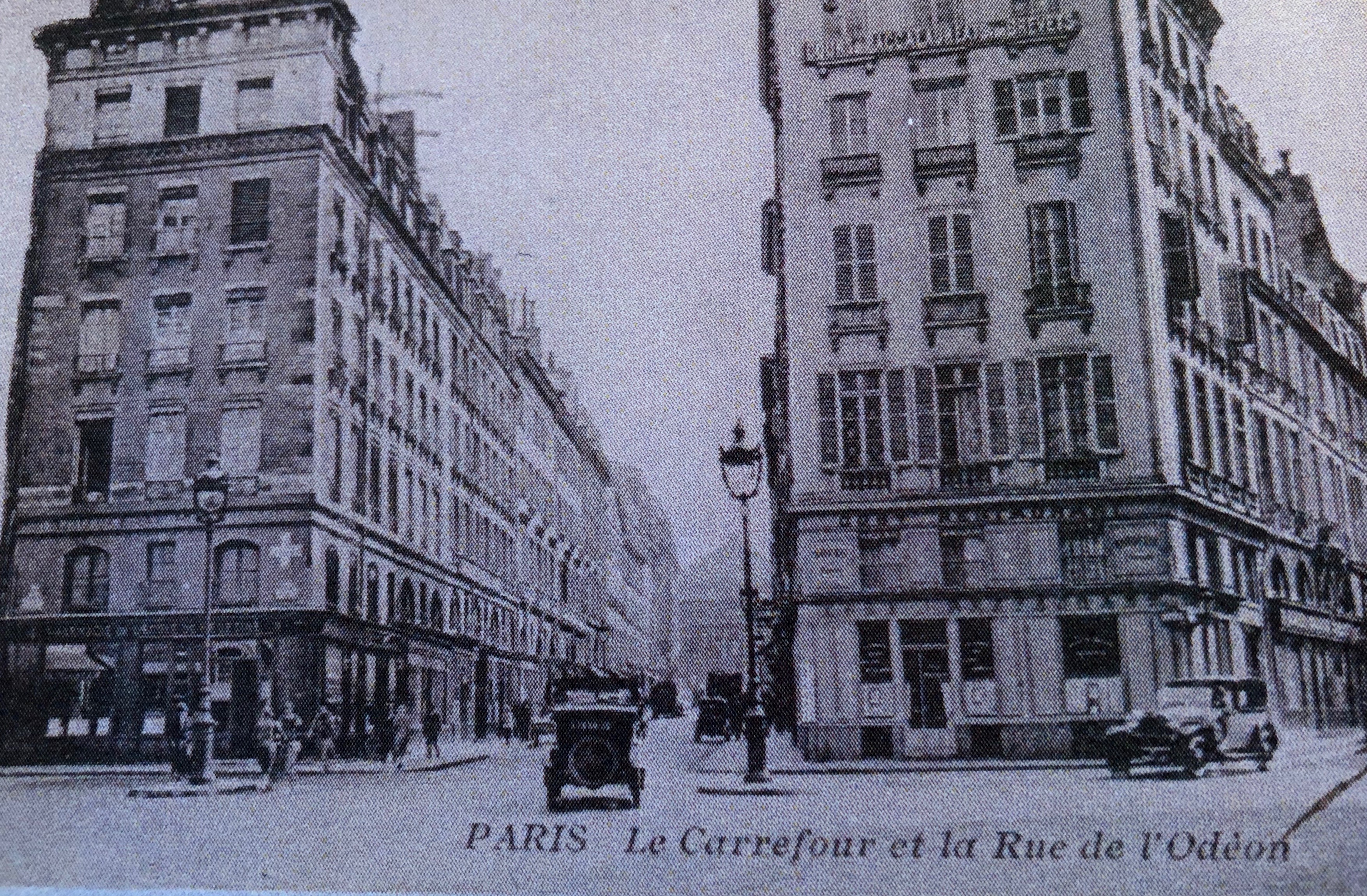
Rue de l’Odéon in 1929
